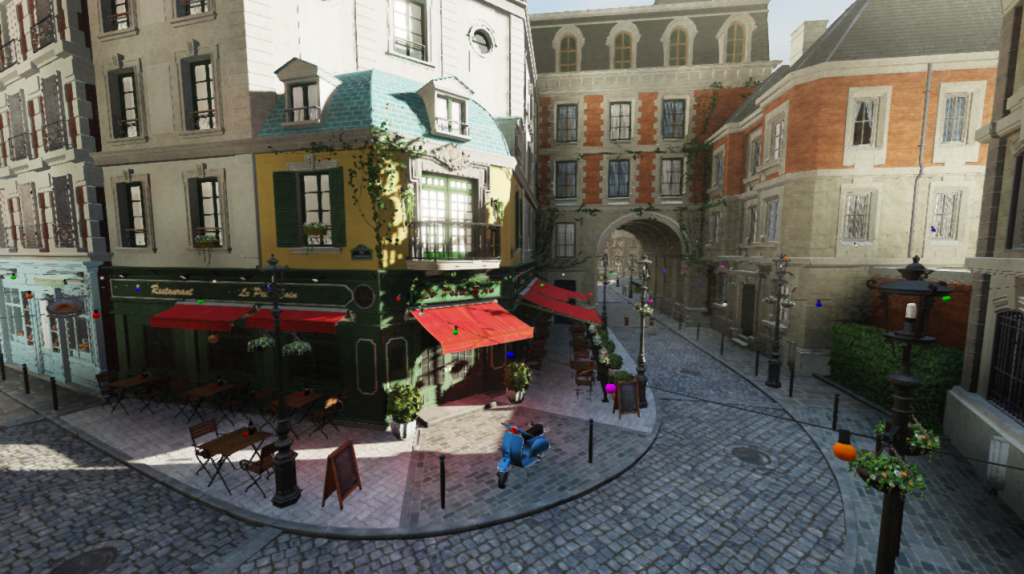A 3D rendering engine supporting modern graphics features such as physically based rendering, volumetric lighting and realtime global illumination. It works on older hardware (GTX 10-series minimum). It uses a deferred, GPU-driven rendering pipeline with support for large numbers of shadow-casting local lights.


![Interactive Software Raytracing [C++, GPU Compute]](/portfolio/wp-content/uploads/2024/12/RTSponza12-1200x674.png)

